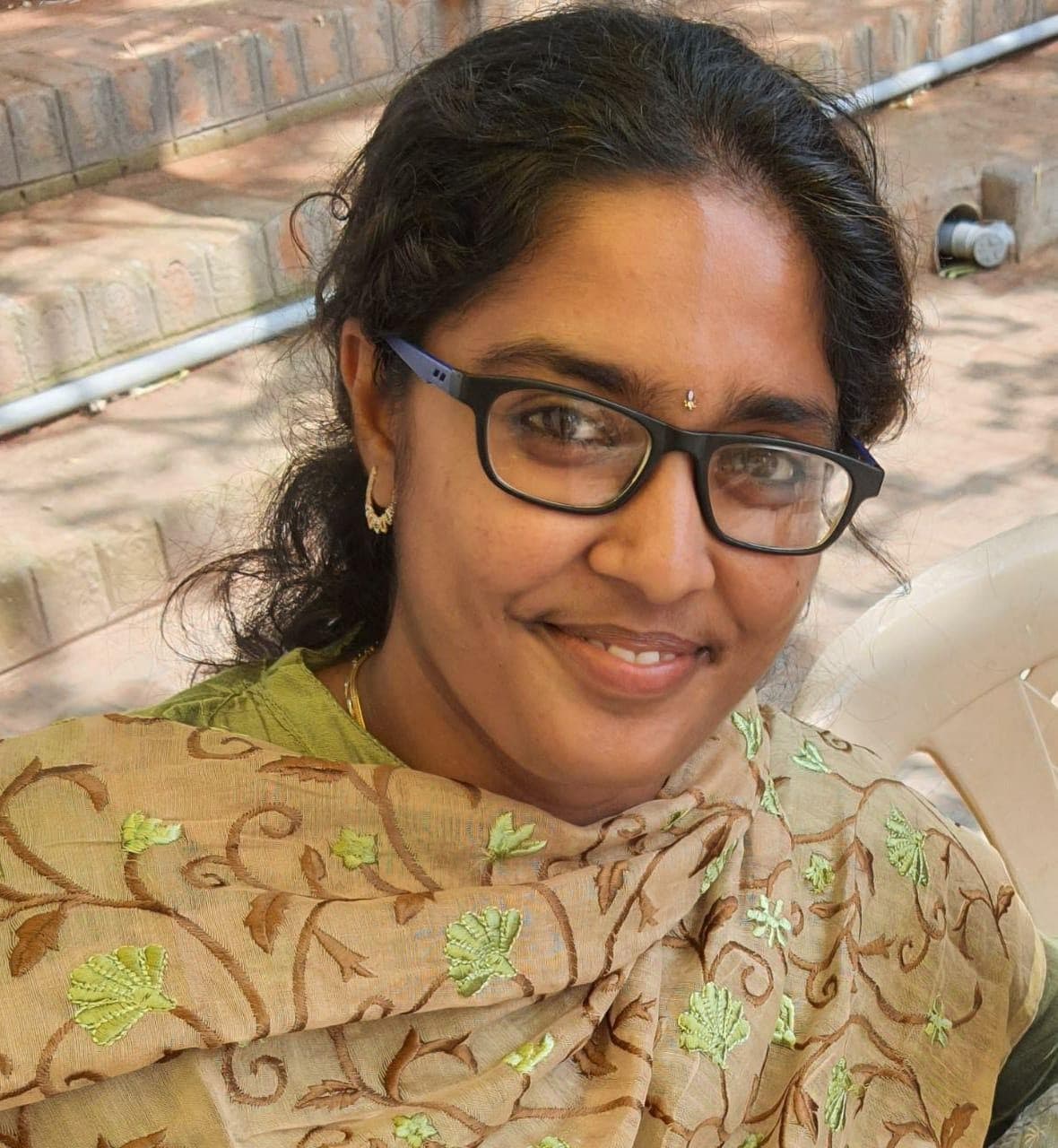Women experience a range of symptoms before their period. Many report feeling irritated and glum, or complain of physical pain. This condition is called Premenstrual Syndrome. In severe cases, it can become Premenstrual Dysphoric Disorder. Read on to learn about these conditions so that you can tackle them like a pro!
This article is compiled by Sanjana Varma, a freelance writer at Proactive For Her.
What is PMS?
Premenstrual syndrome (PMS) is a condition that affects a woman’s emotions, physical health, and behaviour during certain days of the menstrual cycle, generally about a fortnight before her periods.
PMS is a very common condition. Its symptoms affect more than 90 percent of menstruating women. PMS symptoms start 5 to 11 days before menstruation and typically settle down once menstruation begins. The exact cause of PMS is unknown, but many researchers believe that it’s related to a change in sex hormones and serotonin levels at the beginning of the menstrual cycle.
When does it occur?
Symptoms start appearing around day 14 of your menstrual cycle or during ovulation. Menstruation occurs on day 28 of the cycle for most women. PMS symptoms can begin around ovulation and settle at the start of the period.
Are there any risk factors?
PMS or PMDD is generally found to have confirmed morbidity with psychiatric conditions. However, more research is underway to determine the relationship. PMS can pose risks to women who have a history of depression or mental health issues.
Risk factors for premenstrual syndrome include:
- A history of depression or mood disorders, such as postpartum depression or bipolar disorder
- A family history of PMS
- A family history of depression
- Domestic violence
- Substance abuse (alcohol or drugs)
- Physical trauma ( serious injuries to the body)
- Emotional trauma (emotional abuse, sexual abuse or depression)

Symptoms of PMS
Around 80% of women all over the world experience PMS in their lifetime. Its intensity can vary from mild to moderate.
PMS can manifest in the following ways:
- Abdominal bloating
- Abdominal pain
- Sore breasts
- Acne
- Food cravings, especially for sweets
- Constipation
- Diarrhoea
- Headaches
- Sensitivity to light or sound
- Fatigue
- Irritability
- Changes in sleep patterns
- Anxiety
- Depression
- Sadness
- Emotional outbursts
- Mood swings
Easing the symptoms of PMS
PMS cannot be cured per se but there are ways to ease the symptoms. These include:
- Drinking plenty of fluids to ease abdominal bloating
- Eating a balanced diet to improve your overall health
- Take supplements such as Folic acid, Vitamin B6, Calcium, Vitamin D and Magnesium to reduce cramps and mood swings
- Sleep at least eight hours per night to reduce fatigue
- Exercise to decrease bloating and improve mental health
- Reduce stress by indulging in hobbies
- Take part in group therapies
- Pain medication approved by doctors in case the pain is debilitating
What is the difference between PMS and PMDD?
PMS and PMDD is a spectrum of changes that happen in a woman. Severe PMS symptoms are rare. A small percentage of women who have severe symptoms have Premenstrual Dysphoric Disorder (PMDD). PMDD affects between 3 and 8 percent of women.
Symptoms of PMDD
The main difference between PMS and PMDD is the intensity of the symptoms. Over and above, patients with PMS or PMDD experience:
- Panic attacks
- Extreme anxiety
- Anger with severe mood swings
- Crying spells
- A lack of interest in daily activities
- Insomnia
- Trouble thinking or focusing
- Binge eating
- Painful cramping
- Bloating
How can PMDD be diagnosed?
The doctor needs to rule out other medical problems with the help of:
- A physical exam
- A gynaecological exam
- A complete blood count
- A liver function test
They may also recommend a psychiatric evaluation. A personal or family history of major depression, substance abuse, trauma, or stress can trigger or worsen PMDD symptoms.
Treatment
Like PMS, PMDD can be managed through lifestyle modifications and interventions supervised by experts. The treatment is not one size fits all. It’s dependent on the patient and her requirements.
Your doctor may recommend:
- Daily exercise
- Vitamin supplements, such as Calcium, Magnesium, and Vitamin B-6
- A caffeine-free diet
- Individual or group counselling
- Stress management classes
- Birth control pills are sometimes recommended by doctors to manage PMDD
- Antidepressant to ease your mental health
- Cognitive behaviour therapy along with medications have proved to be quite effective in some studies.
You can’t prevent PMS or PMDD, but the interventions outlined above can help reduce the severity and duration of your symptoms. PMS is a condition that is related to our menstrual cycle. If its effects are making your life difficult, it is necessary to reach out to your doctor and seek treatment.
Disclaimer: This information is educational and should not be construed as medical advice. Please consult your doctor before making any dietary changes or adding supplements.
ProactiveForHer is a digital clinic for women, offering accessible, personalised, and confidential healthcare solutions. We offer out-patient care, diagnostic services and programs for various health concerns of Indian women, across their lifetime - from puberty to pregnancy to menopause. To know more on the sexual and reproductive health of women, visit https://www.proactiveforher.com/

